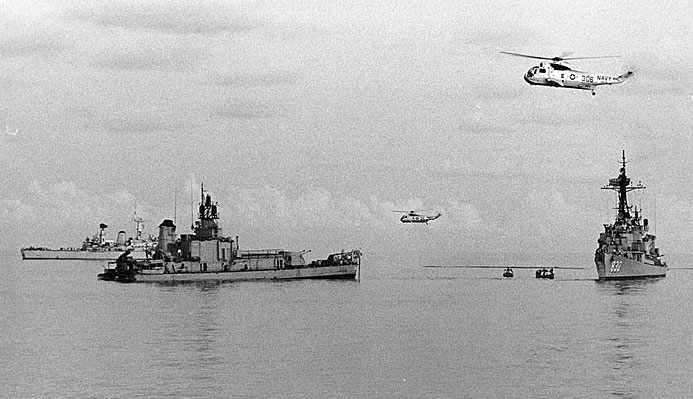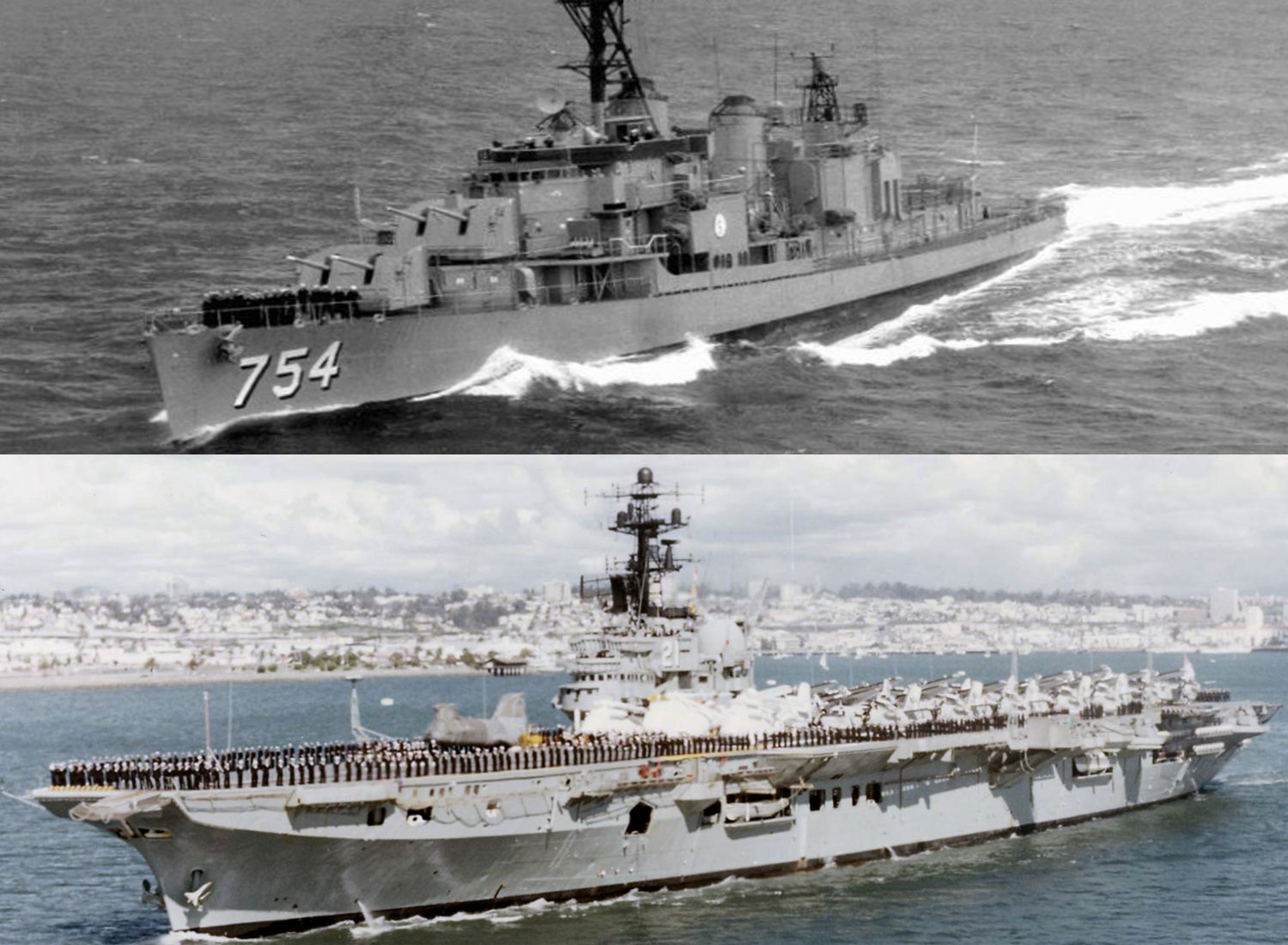
A Terrible Accident During The Vietnam War


Both ships were involved in an exercise when they realised they were on a collision course.
Melbourne radioed the Evans to warn her, and both ships took evasive action.
Unfortunately, inexperienced crew on the Evans exacerbated the confusion and the evasive manoeuvre did not proceed as planned.
According to the documentary The Melbourne-Evans Incident (1975), from Naval History and Heritage, the commander of the Evans had retired to his quarters and unseasoned subordinates were in command of the bridge.
It was this inexperience, combined with miscommunication aboard the Evans, that caused the collision.
Those on the bridge of the Evans muddled up their position and transposed course co-ordinates, so when they tried to dodge out of the way of the oncoming aircraft carrier, they instead swung in front of it.
The result was that Melbourne’s bow sliced through the hull of the Evans, causing the deaths of 74 sailors on the Evans when her bow section sunk.
Only the stern of the Evans was left floating behind (see cover image).
The crew on Melbourne scrambled to lash the remaining section of the Evans to their starboard side and to haul the surviving crew members to safety.
Initially, the investigation of the incident sought to partition blame so that the commander of Melbourne was implicated, but subsequent investigations exonerated him and placed responsibility more firmly on those in the Evans.
This week, meanwhile, the first Australian to be killed in action in Vietnam has finally come home, over 50 years after he died.
Warrant officer Kevin Conway is among 33 Australian casualties of the conflict whose bodies are being repatriated from Singapore and Malaysia.
More - Comment: Is Today's Middle East So Different To Vietnam?










